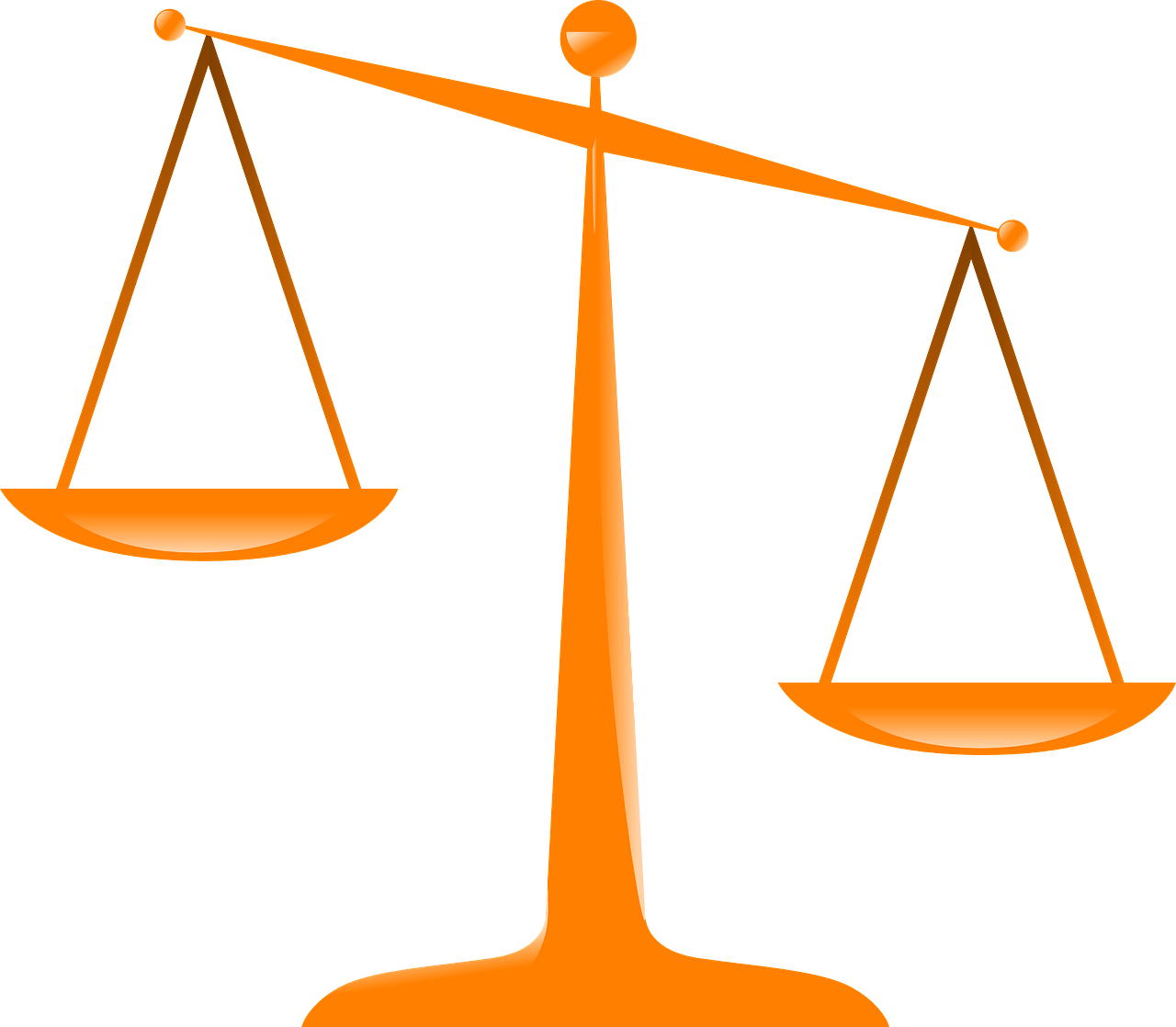ESL IV or Acorn??
A Note from Rob
We are often asked, "Which is the better speaker, the ESL IV or the Acorn?" The main difference between the two speakers is the way they deal with the input signal. The ESL IV uses a resistive transmission line to compensate for front to rear cancellation effects and equalise the output. Good horizontal dispersion is created by the very narrow treble section in the centre of the panel.
The Acorn uses separate sections driven by separate transformers and a high quality crossover to achieve the same result. Again, good horizontal dispersion is created by the narrow treble section set on the inner edge of the loudspeaker. Both speakers have a very similar sonic footprint with excellent detail retrieval.
However, the Acorn is 600mm taller than the ESL IV giving more output area and a longer line source making it more suitable for larger rooms.
Pro’s and Cons?
Both loudspeakers have excellent sonic performance. The ESL IV has excellent bass response because all of the panel area is used to reproduce low frequencies. On the other hand, to achieve similar bass the Acorn requires two large bass panels per side and dedicated transformers with a higher turns ratio. Both loudspeakers deliver exceptionally clean and clear sound with very little evidence of audible distortion.
The levels of IMD (Intermodulation Distortion) are very low from both the ESL IV and from the Acorn electrostatics. However, the ESL IV uses a single large diaphragm to produce the full range of audio signal. Depending on how hard they are being driven the diaphragm excursion to reproduce say 40Hz is quite large. While the diaphragm is moving to reproduce the 40 Hz signal it is also required to reproduce higher frequencies at the same time with the potential to create IMD.
All wide range speakers suffer the same issue, some more than others. We have taken care to minimise this effect but cannot eradicate it.
The Acorn operates differently.
The Acorn has dedicated bass, mid-range, treble and super treble sections, driving their own diaphragm. This means that the bass section is only required to reproduce frequencies up to 260 Hz, the mid-range from 260 Hz to 6 kHz, the treble from 6 kHz to 18 kHz and the super tweeter strip from 18 kHz to 35 kHz. As the treble section does not have high excursion even when driven hard, the super treble strip can share the same diaphragm without a problem. This does add to the complexity of the speaker, requires 3 different transformers and a high quality crossover.
However, and don’t forget I am strongly biased!! In my view the gain is worth the pain. The downside is higher cost!!
At this level of sound reproduction we are on the almost vertical trace of the law of diminishing returns, small improvements don’t come cheaply.
More Questions? ASK Rob
